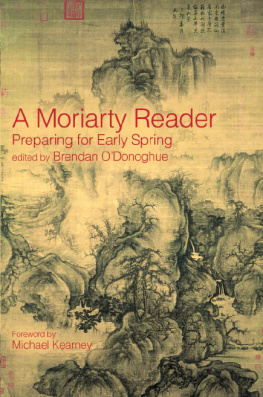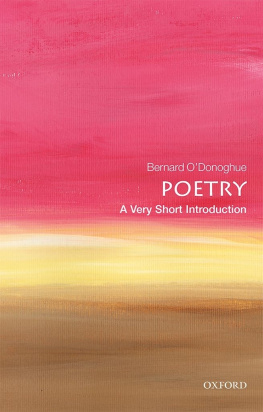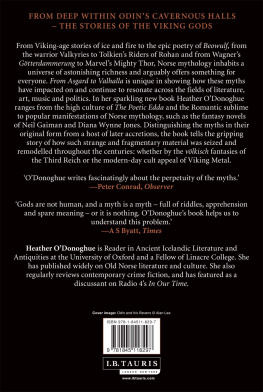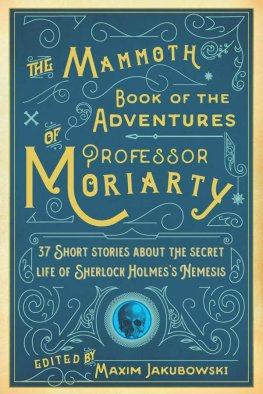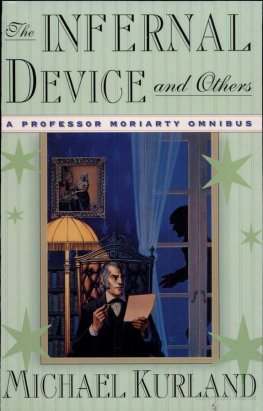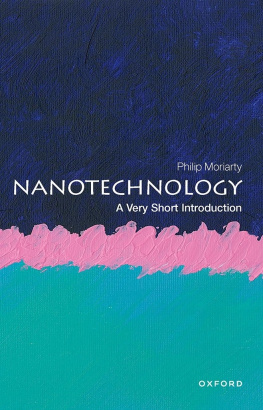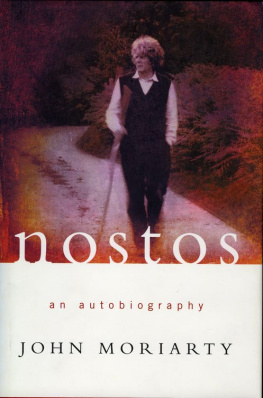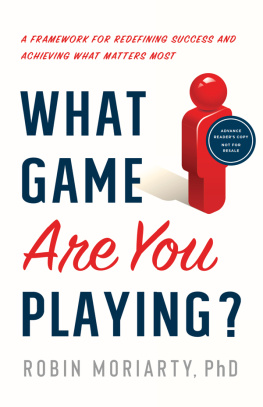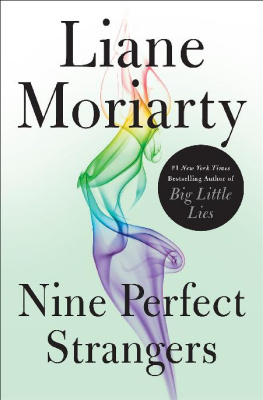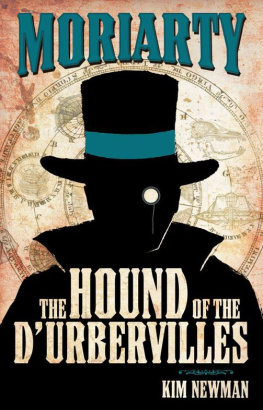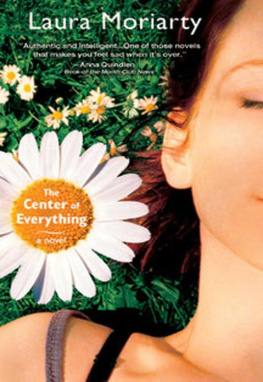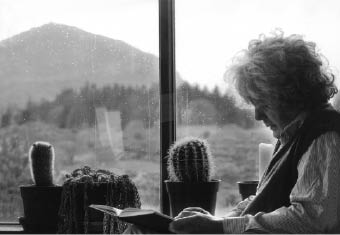I would like to extend my gratitude to Anne Garvey for her assistance with this Reader. I also greatly appreciate Brendan Purcells and Conor Farnans remarks on the text. I thank my parents Ann and Tadgh ODonoghue for their incredible support, and Cathy for her love and much-needed patience.
A Note on the Selection
This Reader does not pretend to provide the definitive guide to Moriarty or to offer a definitive synopsis of his work. Hence the title, A Moriarty Reader, not the more authoritarian The Moriarty Reader. Its modest ambition is to illumine what Heidegger might call a Holzweg (forestpath/woodpath) within the dense forest of Moriartys writings. Moreover, by venturing through this Holzweg I believe the reader will be able to explore hitherto unacknowledged and unrecognized aspects of his thought.
Of the eleven works Moriarty has had published, selections from six have been chosen for this Reader. Considering Moriartys oeuvre is not nearly as extensive as many other authors, it may seem peculiar and unwarranted to limit the selection to such a small number of books. Originally destined to include extracts from the entire collection of his published writings, it became evident at an early stage that the Reader was morphing into an intimidating tome. Conscious that producing a Reader similar in bulk to Nostos would more likely deter than encourage prospective readers to engage with Moriartys thought, a change of tack was deemed necessary. A decision was made to create a more accessible introductory text that would inspire the reading of his original works.
The six books chosen, Dreamtime, the three volumes of Turtle Was Gone a Long Time, Nostos and What the Curlew Said, are closely connected. They are tied by a common concern: the healing of Western culture. Passages have been predominantly selected with this in mind. Furthermore, Moriartys efforts to heal Western culture are essentially linked to his attempts to heal himself; for in Nostos he diagnosed himself as suffering from the sickness of an age.
Tracing various philosophical, poetic, mythic and mystical paths and trails that Moriarty traverses in order to rejuvenate himself and an ailing Western culture, this Reader prepares an opening into his difficult and complex writings. Since initial encounters with Moriarty may seem bewildering due to the presence of a vast panoply of unfamiliar metaphors, myths and religio-philosophical terms, the current Reader seeks to ease the uninitiated into his occasionally chaotic, heterodoxical texts.
To render his works more approachable, a motif made manifest in Kuo Hsis (Guo Xis) painting Early Spring guides the Reader. By allowing Early Spring to direct this Reader I believe one can participate in Moriartys distinctive mode of discourse and thought in a novel, imaginative fashion.
Kuo Hsi (c. 102090) is accredited with developing an artistic strategy that depicts multiple perspectives simultaneously. This is called the angle of totality. Since he does not attempt to mirror or imitate Nature, he has no need to look at a particular scene or landscape from a single viewpoint. Avoiding the constraints of a fixed viewpoint, Kuo Hsi observes and depicts landscapes from the angle of totality by assuming a fluxional, multi-perspectival approach.
Similarly, in this Reader, no fixed or single method of reading Moriarty is advocated. Rather it promotes a multi-perspectival approach to reading and interpreting his texts. In doing so, it pays hermeneutic respect to the Moriarty who writes:
Give me land, lots of land,
Dont fence me in.
If I had a deepest need in relation to people in society it was that dont fence me in.
Giving Moriarty land, lots of land, permits the polyphonic structure of his texts to resonate more clearly.
How else could one approach Moriarty, who when asked where he is from and what his name is, responds through Dylan Thomass Fern Hill?
And where do you come from? asks the young woman sitting beside me in the bus. From a place inside me I say. From a farm inside me. From a farm far away inside me called Fern Hill I say.
Your name, please? the man in the passport office asked me.
Honoured-among-wagons, I replied. Thats my name on Monday. On Tuesday the blackbirds call me Prince of the apple towns. On Wednesday the geese call me Famous among the barns. On Thursday the owls who are carrying me away call me Nightly under the simple stars. On Friday morning coming home I am The Wanderer white with the dew, the cock on my shoulder. On Saturday alone on the hills I am the Farm forever fled. On Sunday, there it is, summer again, Fern Hill again, horses again, the spellbound horses walking warm out of the whinnying green stables on to the fields of praise.
Acknowledging Moriartys deft ability to elude customary interpretations and classifications, it proves extremely fruitful to consider him from the angle of totality, as it allows the multifarious nature of his thinking to shine through.
Selected Passages
The passages from Moriartys original works selected for this Reader are listed below.
Dreamtime (2009): Ces Noidhen, pp. 39; Ulropeans, pp. 98100; Mona, Our Moses, pp. 1003; The Mind Altering Alters All, Even the Past, pp. 198201; Shaman, pp. 17982; Triduum Sacrum, pp. 359; Job and Jonah, pp. 3943; Crossing the KedronColorado, pp. 446; Passover, pp. 1445; Watching with Jesus, pp. 1326.
Turtle Was Gone a Long Time, Volume One: Crossing the Kedron (1996): Overture, pp. ixxi; Part 1, Engwura Now: Paradise Lost, pp. 37; Sir Orfeo and Lady Eurydice, pp. 279; Opposites, pp. 302; In Buddhas Footsteps, pp. 3740; Coming Forth by Day, pp. 1058; Mona Melencolia Europa, pp. 1213; Part 2, Tenebrae Now, A Pilgrims Progress in Six Stories: Fifth Story, pp. 20212; Sixth Story, pp. 21321; Part 3, Tep-Zepi Now and Tai-Wer, pp. 2258.
Turtle Was Gone a Long Time, Volume Two: Horsehead Nebula Neighing (1997): Prelude, pp. viiviii; pp. xxivxxvii; pp. lliii; Horsehead Nebula Neighing, pp. 36; pp. 1115; pp. 3943; pp. 7782; pp. 1247; pp. 1369; pp. 1524; pp. 2006; pp. 2334; pp. 2445.

